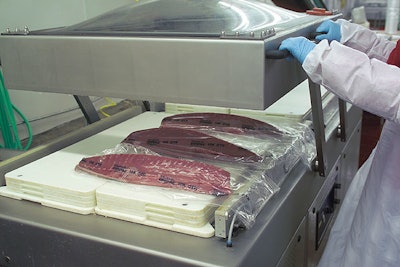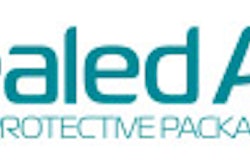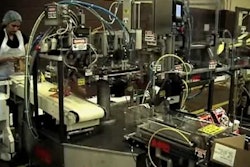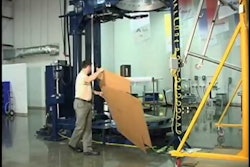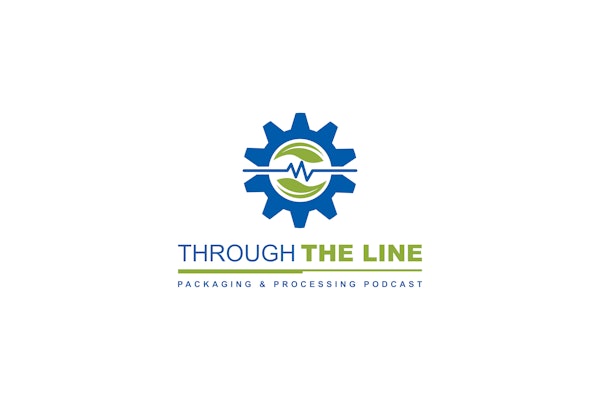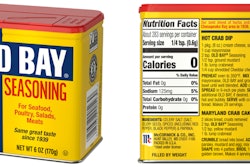The Plitt Co. president Bob Sullivan tells a fish story of major proportions: A switch from rigid lidded trays to premade bags nets the company nearly $500ꯠ in savings yearly.
The Chicago-based processor, packer, and distributor of seafood products, such as tuna, halibut, and salmon, converted to Sealed Air Corporation’s Cryovac® 10K OTR premade vacuum bags for fresh fish in mid-2003.
The 10K OTR bag complies with Food and Drug Administration guidelines for oxygen permeability for vacuum packaging of fresh fish. The film has a guaranteed oxygen transmission rate (OTR) greater than 10ꯠ cc/m2/24 hours. “Cryovac 10K OTR” is printed on the back side of the bag to alert inspectors at any point in the retail or food service distribution system that the package permeability is within FDA compliance. The bag measures 18’’x9’’ and typically holds 8 lb of product, according to Sullivan. The bags are converted from 2-mil film.
Savings and quality
“The cost-savings have been unbelievable,” says Sullivan, “but we also maintain the quality grade of the fish considerably longer than before.”
The company sells to fine-dining establishments in Chicago as well as popular eateries in the Midwest including Minneapolis, St. Louis, and Madison. It had been using a range of lidded plastic trays.
“One of the most troubled areas involves maintaining the right quality and appearance of tuna going to our customers,” Sullivan explains. “Tuna is supposed to be a perfect red throughout, but if too much oxygen gets to it, the color might be a little bit off. Cryovac’s 10K OTR bag lets us provide a consistent color throughout the distribution cycle. Now that we are using the 10K OTR bags, our waste on tuna has gone to nothing.”
After the tuna is deboned and cut into loins, a worker loads the product into a Cryovac 10K OTR bag and vacuum seals it using a dual-chamber system from Koch Equipment that was installed at the time of the materials switch.
“It works great,” says Sullivan. “I highly recommend it.”
The bag is then submerged in an icy brine solution and quick-chilled to help bring down the core temperature. From there, the product is placed in a reusable tote and is ready for distribution.
Plitt had used a sealed-top container that cost about 90¢ each. The new bags carry a unit cost of 20¢.
“In addition to the high cost, the customers did not like the tray package because the fish would not reach the optimum chilling point,” notes Sullivan.
The iceman goeth
Not so with the bags: Plitt now uses one-quarter less ice and has been able to reduce its ice expenditures by $122ꯠ annually because the bags have superior heat-transfer properties than the rigid containers.
“In addition to the savings we have with ice, the 10K OTR bag helps our seafood look better longer,” says Sullivan. “When we started using the bag, our customers thought we were precutting our fish and not doing the custom cuts. When they realized that we were using a Cryovac package for our products, they were thrilled. The bag just gives the appearance of a higher-end, high-quality product.”
Together with ice savings, the extended quality life, reduction in spoilage, and lower packaging materials cost, Cryovac’s bag has helped Plitt save $480ꯠ in the last year. The best line in this fish story is certainly the bottom line. —RL
